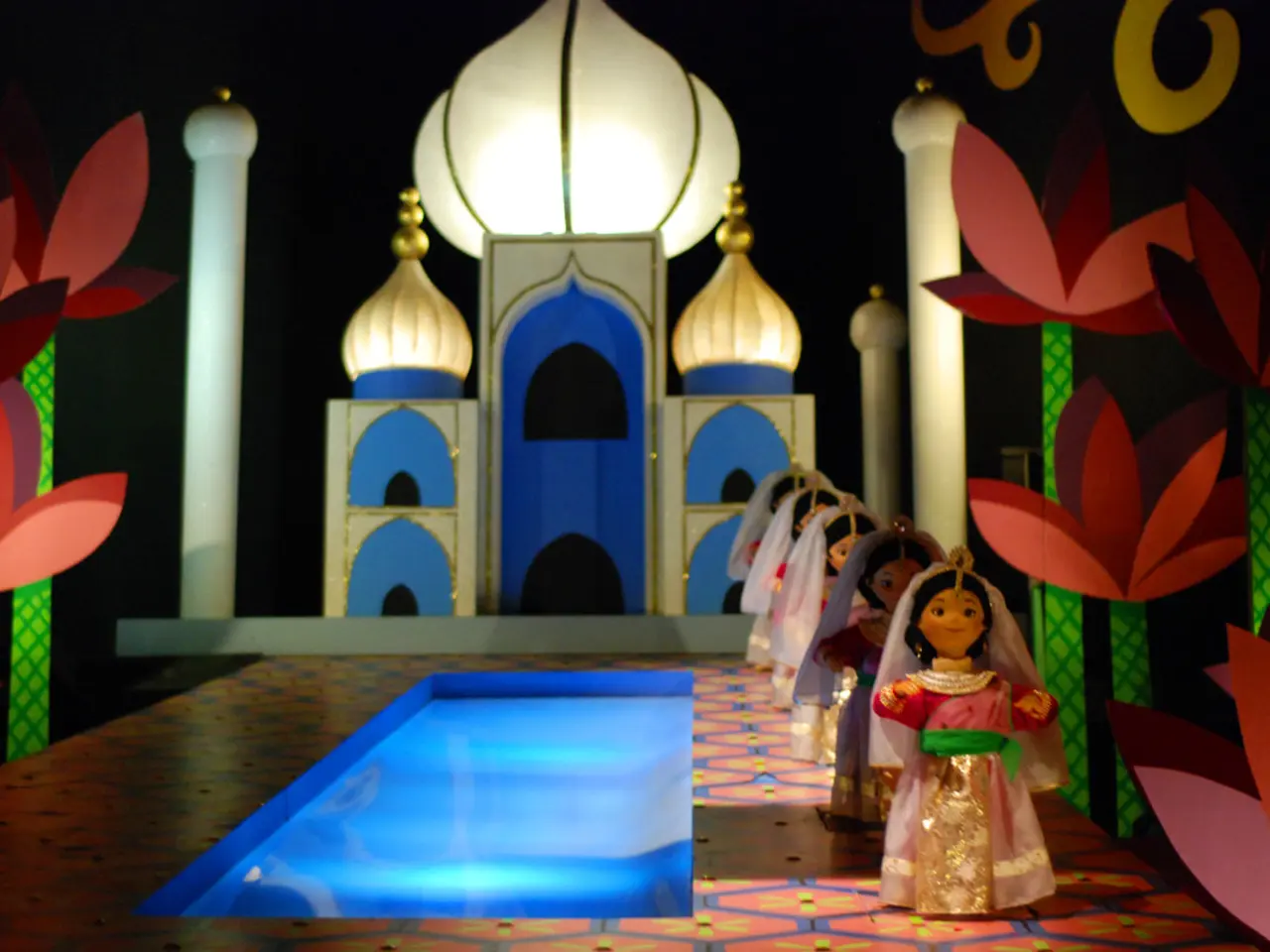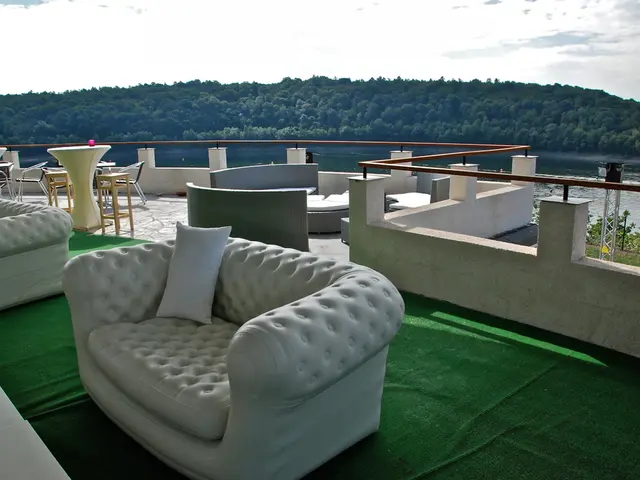Exploring the Hidden Wonders of Diwali Festivities that Will Stun You!
Diwali, also known as Deepavali, is a cherished Hindu festival that symbolises the triumph of light over darkness and good over evil. With roots in various legends, the most popular narrative is that of Lord Rama's return to Ayodhya after a 14-year exile and his victory over the demon king Ravana, which was celebrated by lighting oil lamps (diyas) throughout the kingdom [1][3]. Another significant aspect of Diwali is the worship of Goddess Lakshmi, the goddess of wealth, seeking her blessings for prosperity [3]. In Eastern India, the festival also honours Goddess Kali, with unique regional narratives and rituals [3].
Regional Diversity in Diwali Celebrations
The celebration of Diwali varies across different regions of India. In North India, the focus is on Lord Rama’s return and lighting diyas to symbolize light overcoming darkness. Homes are cleaned and decorated, and rituals include Lakshmi Puja for wealth and prosperity [3]. Eastern India, particularly West Bengal, places emphasis on Goddess Kali Puja, which differs from the Lakshmi worship in other parts of India. This reflects different mythological significance where Kali’s wrath is pacified [3]. Other regions may also honour Lord Kuber, the god of wealth, alongside Lakshmi [3].
Common practices include thorough cleaning, decorating living spaces with rangoli (colorful designs), lighting lamps, preparing sweets, and community prayers, though the exact customs vary state-wise [3].
Eco-friendly Diwali: A Step Towards Sustainability
Given the environmental and health issues caused by traditional firecrackers, such as noise, air pollution, and non-biodegradable waste, there is a growing push for eco-friendly firecrackers [2]. These alternatives produce less smoke and noise pollution, advocated especially by firework organisers [2]. Some states like Delhi and Rajasthan have introduced year-round bans on the manufacture and sale of firecrackers to combat pollution and encourage greener celebrations [4].
Alternatives include using crackers made with natural, less polluting ingredients, avoiding firecrackers altogether in favour of safer practices, and emphasizing traditional lighting of oil lamps, candles, and LED lights to maintain the luminous spirit without pollution [2][4].
Technology's Impact on Modern Diwali Celebrations
Modern Diwali has integrated technology in various ways, enhancing both convenience and scale. Lighting is now facilitated by LED decorative lights and digital lighting setups that reduce electricity consumption compared to traditional decorative lights or candles [1]. Online shopping platforms have revolutionised the purchase of gifts, sweets, and decorations, making the festival more accessible nationwide.
Virtual greetings, Diwali e-cards, and online streaming of religious ceremonies and community events have become common, especially after the COVID-19 pandemic. Social media and apps facilitate sharing of festival moments, organising community events, and promoting eco-friendly practices, thus influencing public behaviour [1].
In summary, while Diwali remains deeply rooted in religious and cultural tradition, modern celebrations reflect regional diversity, a growing environmental consciousness with eco-friendly firecracker alternatives, and significant influences from technology enhancing participation and reducing ecological impact. Diwali, The Festival of Lights, continues to shine brightly in the hearts and homes of people across India and beyond.
During Diwali celebrations in Eastern India, particularly West Bengal, the emphasis shifts from Lakshmi Puja to Goddess Kali Puja, showcasing regional variations in mythological significance and rituals [3]. In the spirit of sustainability, homes are increasingly decorated with eco-friendly LED lights and digital lighting setups, reducing electricity consumption compared to traditional methods [1].




